Finding yourself constantly saying “my dog has too much energy” isn’t fun for anyone, especially not for your furniture, shoes, or garden. Hyperactive dogs that don’t get enough exercise often create their own entertainment, usually in ways we don’t appreciate.
Chewed couch cushions, dug-up flowers, or endless barking are all signs of a dog with energy to burn. But here’s the good news: when you match an active person with a high-energy rescue dog, magic happens.
Your running buddy, hiking companion, and playful friend all come in one furry package. The key is knowing which breeds naturally need more activity than others.
If you’re considering adopting a rescue and want a dog that matches your on-the-go lifestyle, these seven hyperactive breeds deserve a closer look before you both drive each other crazy.
Hyperactive Rescue Dog Breeds
1. Australian Shepherd
Australian Shepherds were bred for long days on the ranch, and that instinct hasn’t dialed down one bit. They’re one of those high-energy dog breeds that truly need a job — or they’ll invent one.
Without enough exercise and structure, they’ll start herding your kids, chasing shadows, or barking nonstop out of sheer boredom.
Brains and Bounce Together
Aussies are incredibly intelligent, but they don’t just want to learn — they need to. They crave mental stimulation just as much as they do physical activity.
Whether it’s agility, obedience, or puzzle games, they thrive when both body and mind are engaged. When they’re not, that energy often turns into destructive behavior like chewing, digging, or pacing.
Not a Couch Companion
Despite their beautiful, fluffy coat and soulful eyes, Aussies aren’t content lying around. They’re not your average cuddle-and-chill pups. They do best with experienced owners, or at least those committed to giving them structure, outlets, and consistency.
Social and Sharp
They’re generally friendly with other dogs but can be a bit reserved with strangers. With the right training and consistent routines, though, they can become devoted companions who channel their intensity into all the right places.
2. Labrador Retriever
Labrador Retrievers might be family favorites, but many new owners underestimate just how much energy they bring to the table.
Labs aren’t lazy loungers — they’re active dogs that need more than a backyard to stay happy. Long walks, swimming, hiking, fetch — they’re in for all of it, every single day.
Brains That Need Workouts Too
This extremely intelligent breed doesn’t just need physical outlets — they need tasks that engage their brain. Without proper mental stimulation, Labs can grow restless fast, leading to boredom-fueled behaviors like barking, chewing, or raiding the trash just for fun.
Why They End Up in Shelters
Many Labs end up in rescue centers not because they’re bad dogs, but because their owners weren’t prepared for the reality of living with one of the most high-energy breeds, as mentioned in Rescue Dog Home. These dogs thrive with structure, training, and activities that keep them physically and mentally occupied.
Loyal, Social, and a Little Too Much Fun
Labs are generally friendly with people and pets alike, but if their energy isn’t directed well, it can easily turn into jumping, counter-surfing, or chaotic play that becomes overwhelming even in well-meaning homes.
3. German Shepherd
German Shepherds weren’t bred for passive companionship. They come from a lineage of herding and military work, which makes them fast learners but also dogs that crave purpose. They’re not wired for boredom and need clear roles or routines that mirror that original intent.
Misunderstood by First-Time Owners
A lot of first-time adopters are drawn in by their loyalty and impressive looks, but they don’t realize how demanding this breed can be.
Shepherds often end up in shelters because their owners can’t keep up with their need for mental stimulation, which goes far beyond basic obedience. They thrive in complex tasks like scent work, tracking, or advanced protection training.
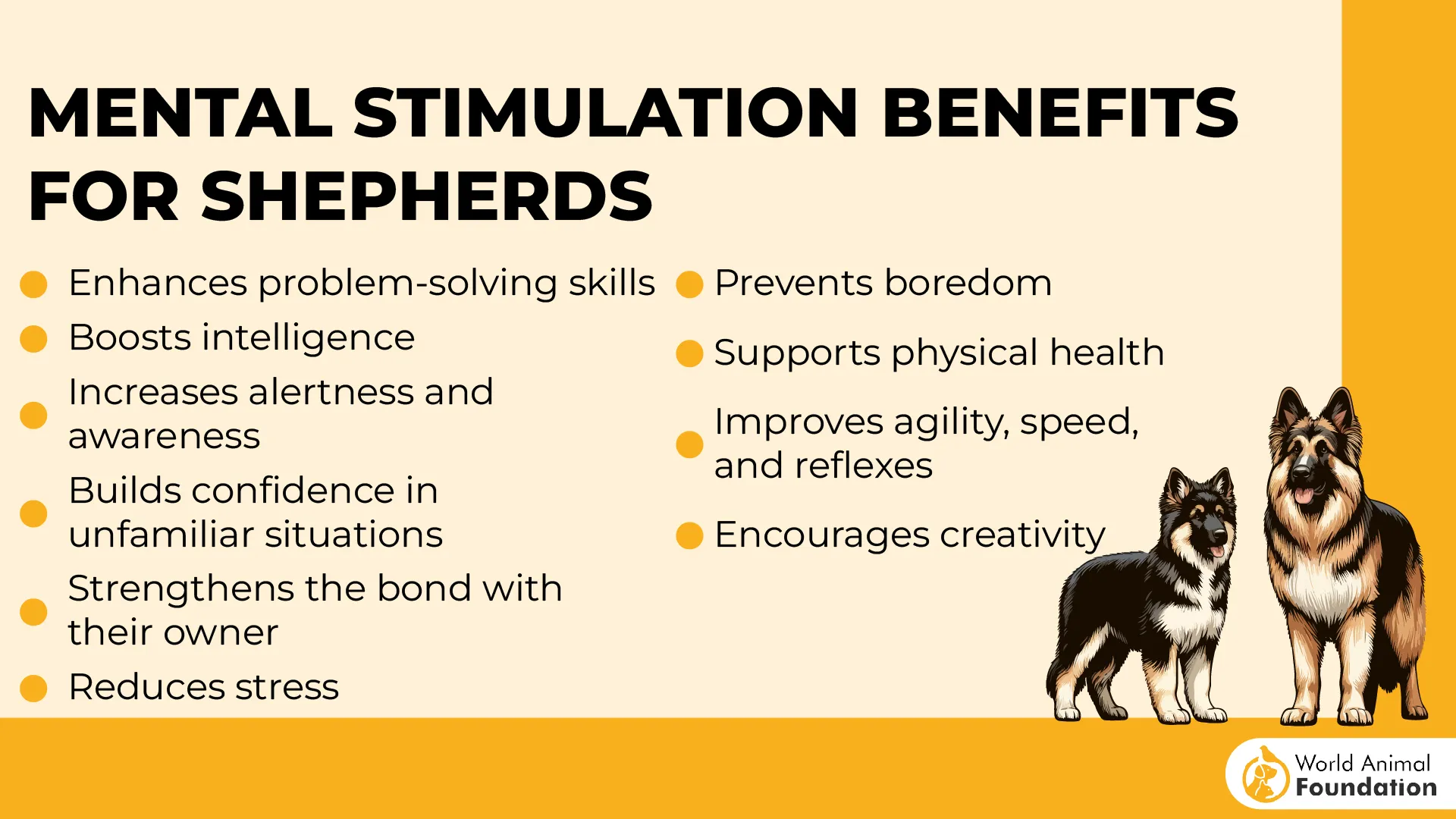
Too Smart to Sit Still
These dogs notice everything. A change in your tone, a squirrel two blocks away, or a sound you didn’t even hear — they catch it.
This hyperawareness, when not guided properly, can spiral into reactivity or destructive behavior like pacing, digging, or shredding furniture.
A Mind That Needs Management
Unlike some high-energy breeds that just need to run, the German Shepherd needs to understand what they’re doing and why.
Without a firm, consistent routine that includes mental challenges, their intelligence becomes a double-edged sword, leading to behaviors that overwhelm unprepared owners.
4. Irish Setter
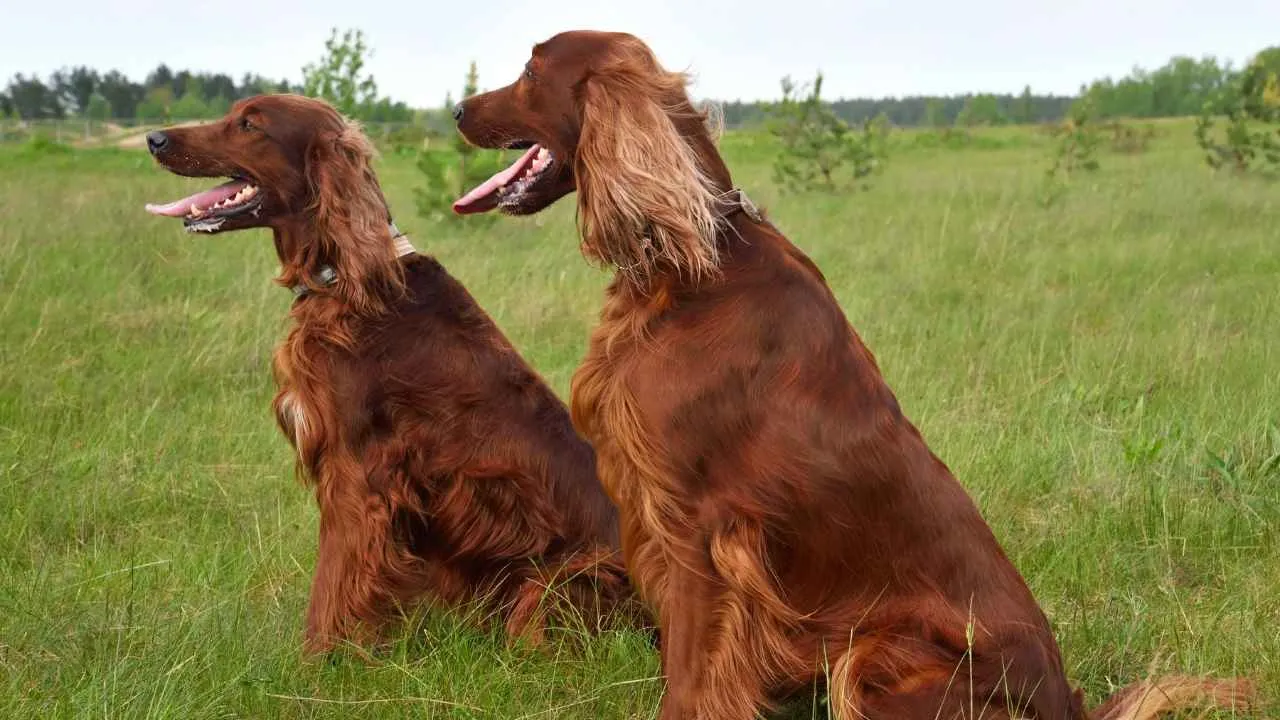
The Irish Setter’s flowing red coat and sweet expression fool many into thinking they’re low-key companions. But behind the elegance is an energetic breed that can run for miles and still be ready for more. Their stamina comes from their bird-hunting roots, where endurance was non-negotiable.
Impulse Meets Curiosity
They’re distractible, especially when not properly trained. A scent, a bird, or even a fluttering leaf can send them bolting.
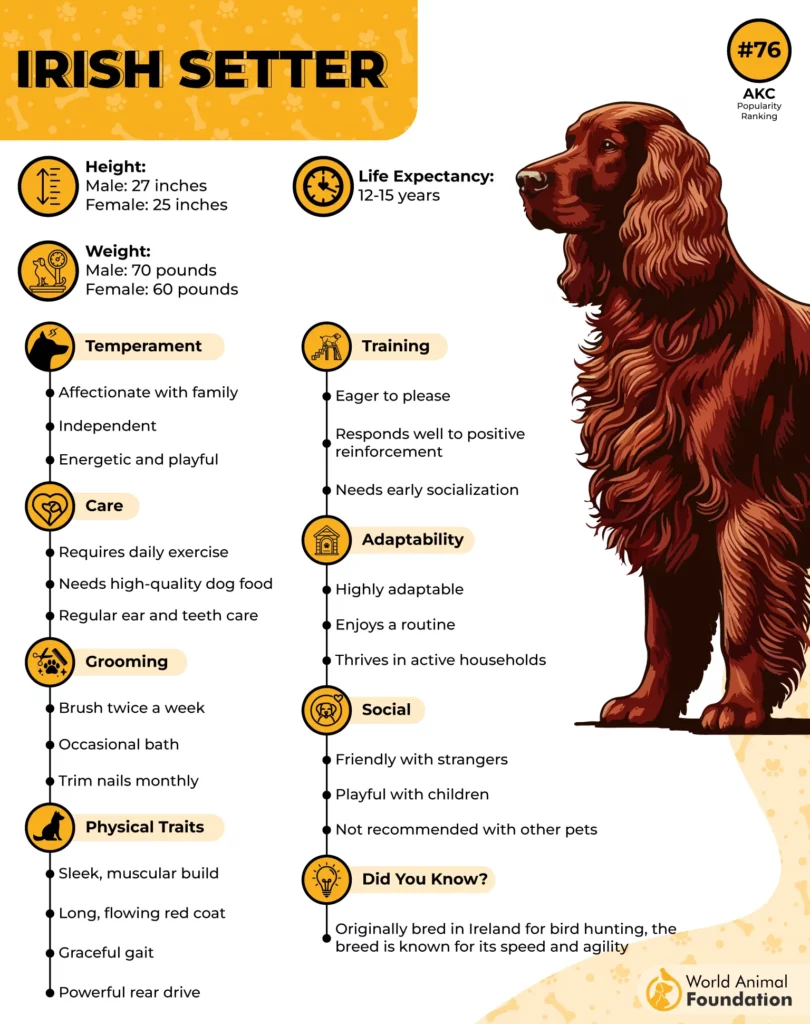
Without firm recall and structured activities, they can become escape artists or serial diggers. It’s why many of them land in shelters — they’re not “bad” dogs, just bored ones with no outlet.
They Don’t Settle for Basic Walks
This isn’t a leash-and-lap breed. They need physical and mental stimulation that goes far beyond fetch. Think agility, tracking games, or puzzle feeders layered into their routine, as per the experts at PetMD. Leaving them alone for long hours without enrichment is a recipe for chaos.
Made for Movement, Not Couch Life
They shine in dog sports where their speed and agility finally feel useful. Their brains and bodies are wired to be busy, and in the wrong home, that busyness quickly turns into household destruction.
5. Border Collie
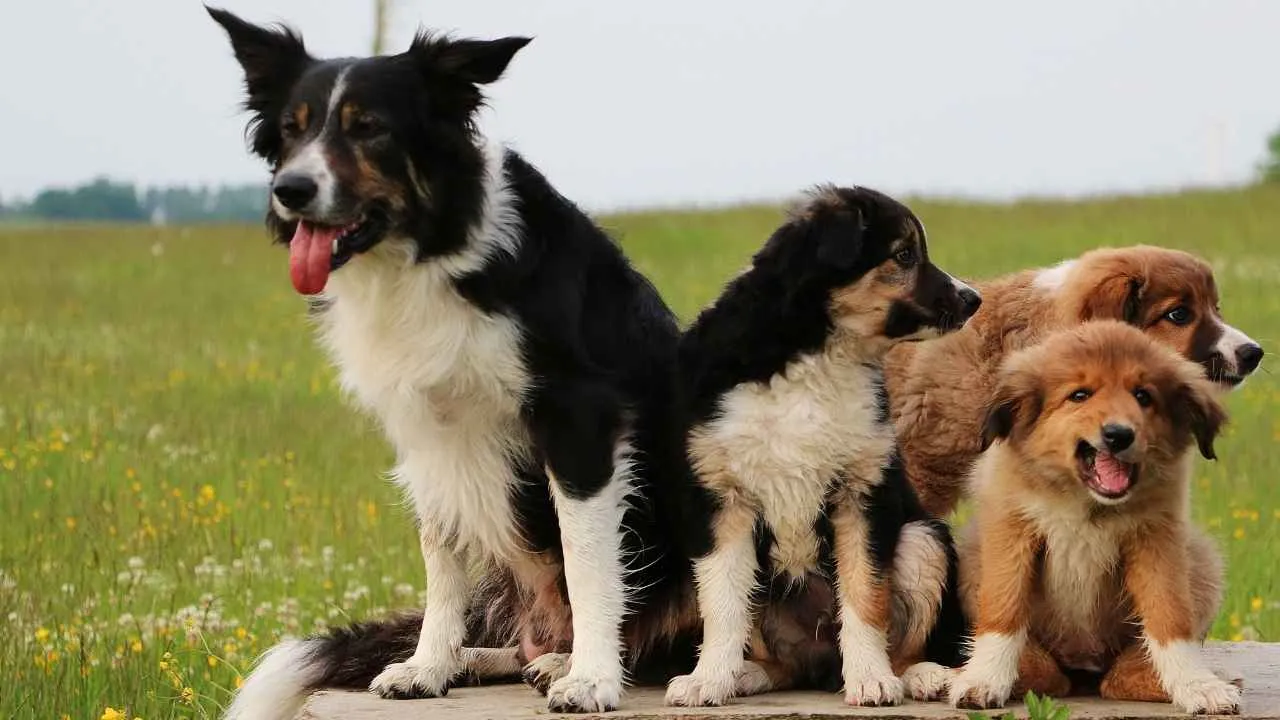
Originally bred to herd sheep across rough terrain for hours, Border Collies have an intensity that doesn’t switch off indoors. Their default setting is alert, task-focused, and constantly scanning for something to do, often more than first-time adopters expect.
Brilliance That Can Backfire
As per AKC, they’re among the most intelligent breeds on the planet, but with that brainpower comes a constant need for engagement.
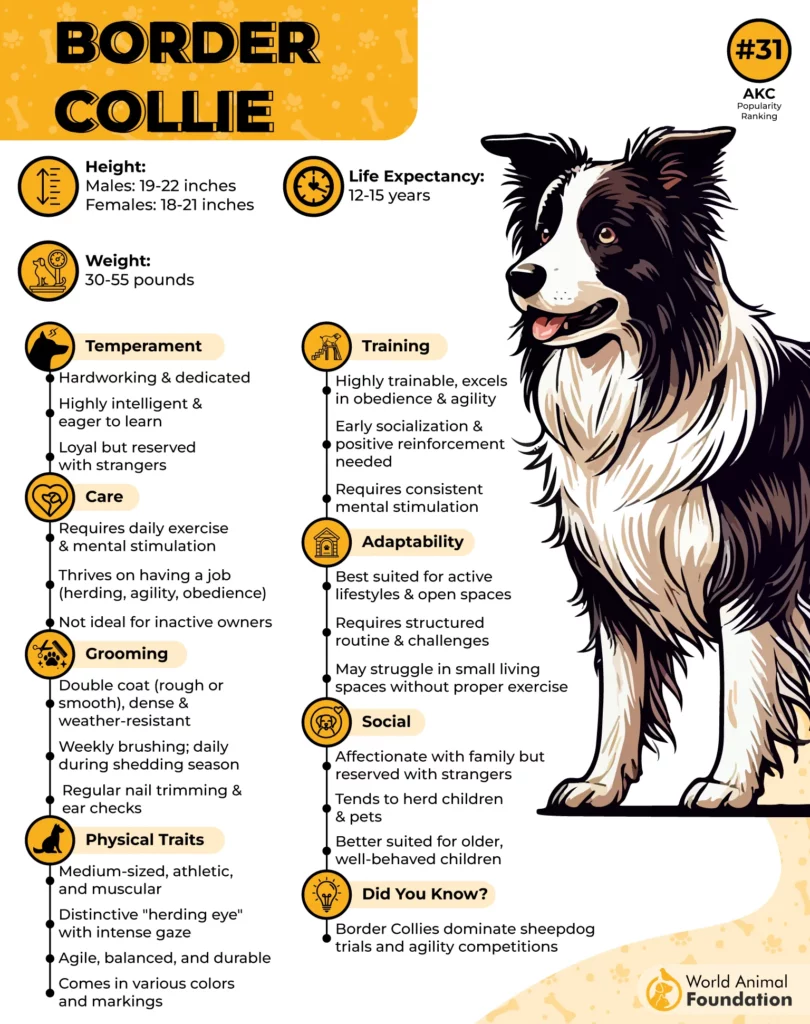
Without structured challenges, they invent their own: chasing shadows, herding kids, or obsessive pacing. Lack of daily exercise isn’t just a missed walk — it’s a mental health risk.
Connection and Obsession
They form strong bonds with their humans and thrive in consistent environments. This emotional dependency, paired with their need for a “job,” means they struggle in homes where routines are unpredictable or stimulation is lacking.
Some even develop compulsive behaviors when under-stimulated. Their affectionate nature can be intense and overwhelming, especially for those expecting a mellow family pet.
6. Bloodhound

Bloodhounds have a sense of smell so powerful it’s admissible in court — literally. Their olfactory system is unmatched, with up to 300 million scent receptors, making them expert trackers capable of following trails over days and miles.
Independent to a Fault
This breed has a stubborn streak that stems from centuries of working alone on search missions. Training them requires patience and creativity. Once they catch a scent, their focus locks in, and even the strongest recall commands often won’t override it.
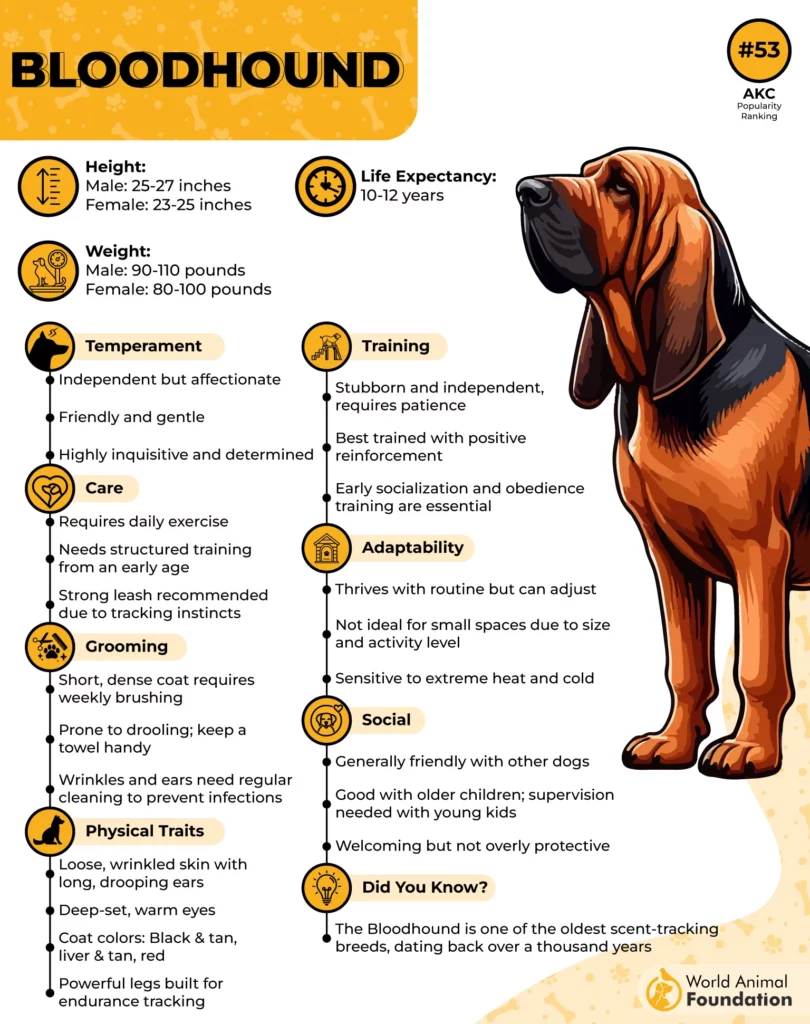
Big Hearts, Big Drool
Despite their size and working background, they’re incredibly gentle and affectionate with family. But with those lovable, droopy faces come equally droopy jowls — and a lot of drool. Owners should expect some serious slobber zones around water bowls, furniture, and walls.
Needs with Nuance
Their energy levels can be surprising. While they seem calm indoors, they require structured outlet time, especially scent walks or nose games.
If understimulated, boredom can lead to stubborn behavior or excessive vocalizing. They also don’t thrive in isolation, preferring close companionship over alone time.
7. Bernese Mountain Dog

Despite their calm expression, Bernese Mountain Dogs need more than a backyard to stay balanced. While not as intense as some herding breeds, they still crave physical stimulation and daily engagement, especially during their younger years, when their enthusiasm can be overwhelming without proper outlets.
A Family-Oriented Worker
Originally developed as all-purpose farm dogs, they thrive when given tasks or roles within the home. They’re happiest when they feel included, often bonding deeply with all family members and following them from room to room like a loyal shadow.
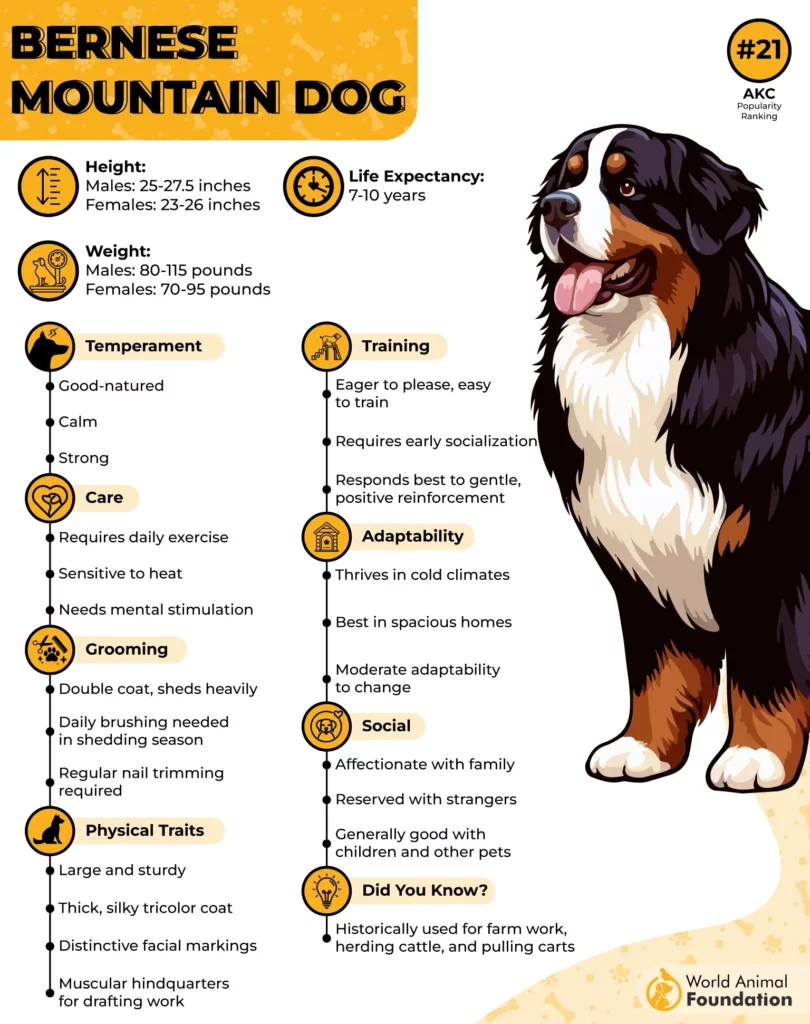
The Size Surprise
Because of their easygoing personality, new owners sometimes mistake them for low-energy dogs. But these gentle giants can easily overwhelm active households if their size and strength aren’t matched with training. They’re not suited for apartment living, and definitely not a substitute for a small dog temperament.
Emotionally Attuned and Loyal
They make great companions, especially for families that enjoy outdoor time. They’ll quickly become your enthusiastic companion, joining hikes, park trips, or even lazy afternoons — as long as they’re with their people.
A Note on Overwhelm
In shelters, their size and high emotional sensitivity can make them shut down or develop reactivity. Proper rehoming involves patience, consistent routines, and helping them rebuild trust gradually.
Conclusion
Before you rush to adopt one of these hyperactive rescue dogs, take an honest look at your lifestyle. These popular dog breeds need more than just love—they require consistent outlets for their boundless energy through vigorous exercise like running, hiking, or playing fetch.
Without proper stimulation, expect excessive barking, destructive chewing, and other challenging behaviors caused by pent-up energy. Most dogs with high activity needs also benefit from proper nutrition tailored to their active lifestyles, which fuels their bodies for all that movement.
Remember, these highly intelligent breeds need mental workouts too—their sharp minds crave puzzles, training, and new experiences. Active owners who can provide these necessities will find incomparable companions who match their energy step for step.
If you can’t commit to regular exercise and engagement, or if you’re away for long periods, perhaps consider a lower-energy breed. The right match benefits everyone, especially these deserving rescue dogs.


